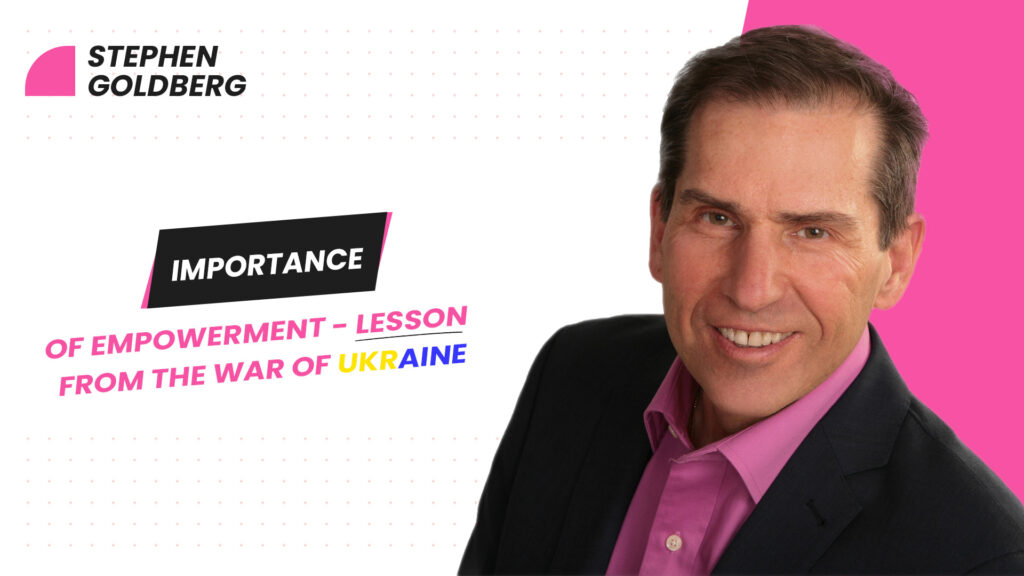
Leaders who adapt a coaching style of leadership can reap many benefits. The organization can attract people who are seeking to be empowered in their job and this can translate into improved job satisfaction and motivation.
Leaders who coach their employees rather than be directive can experience greater freedom to work on higher-level projects and have fewer employee issues to deal with.
Some personality types are best suited to become coaches rather than more autocratic style leaders. As well, job interests play an important component in whether a leader will want to coach people.
I use the PXT Select assessment to better understand each leader and their dominant leadership style.
The assessment is divided into three areas, thinking style, behavioral traits, and occupational interests. Each dimension is matched to a customized performance model for each job. For example, a leader who is working with a team of engineers would need to have high thinking style scores to effectively communicate with engineers she/he manages.
Thinking Style
Thinking style answers the question, can the person do the job? It is broken down into five scales, composite score, verbal ability, verbal reasoning, numerical ability, and numerical reasoning. The composite score is the average of the other 4 and will indicate the pace of learning.
Behavioral Traits
This section answers the question, how will the person perform the job? There are nine behavioral dimensions measured as you can see in the diagram. Each dimension is matched to the performance model. One important skill for leaders to be coaches is listening. Active listening is a skill that leaders who want to use a coaching style of leadership need to be good at. But not all leaders have the personality traits that make it natural and easier to be a good listener.
To be good at this skill I look for leaders who score at or a little above the mid point for the scales of Pace, Assertiveness and Decisiveness.
If someone scores too high on the Pace dimension, they might be impatient and not want to listen well. If they score too high on Assertiveness, they might be too dominant and tell rather than ask good questions, another important skill for being a coach leader.
If Decisiveness is too high, the tendency might be to decide for the person and not allow the employee to make their own choices.
Interests
This section answers the question, will the person do the job? There are six occupational interests measured, Enterprising, People Service, Financial/Admin, Technical, Creative, and Mechanical.
For a leader to be interested and motivated by coaching people, it is important for them to have People Service as one of their top interests. For example if a leader is an engineer and has for their top three interests, Enterprising, Creative and Mechanical, they would want to spend their work time being hands on in creating new products or services. They would probably avoid coaching people unless it was tied with another of the top three interests. People Service is especially important as you want to be motivated when it comes to spending time helping people grow and develop.
Leadership Approach
What I especially like about the PXT Select is that it can generate a Leadership Report that combines scores from different dimensions of the assessment and provides insight into how the person will perform as a leader. It identifies areas of strengths and challenges.
The six skill areas clusters are Creating a Vision, Developing Strategies, Ensuring Results, Inspiring People, Being Approachable and Mentoring Others. It provides insight into how the leader will perform in each of these leadership clusters lusters and is a vital source of information for personal development.
Natural Versus Developed Types
Some people are more natural at developing and implementing the right skills to become a leader who coaches rather than directing people.
It is difficult if not impossible to change who we are. But we can learn to understand ourselves better through tools like the PXT Select and having a coach to guide our development. It’s important to know your strengths and challenges and find a way to balance yourself as you work on developing new habits and skills to coach people and reap the benefits of a coaching style of leadership.
You can request a test run of the PXT Select as well as sample reports. You can also watch the recorded webinar, PXT Select: The Secret to Great Talent from the experts at Wiley.


